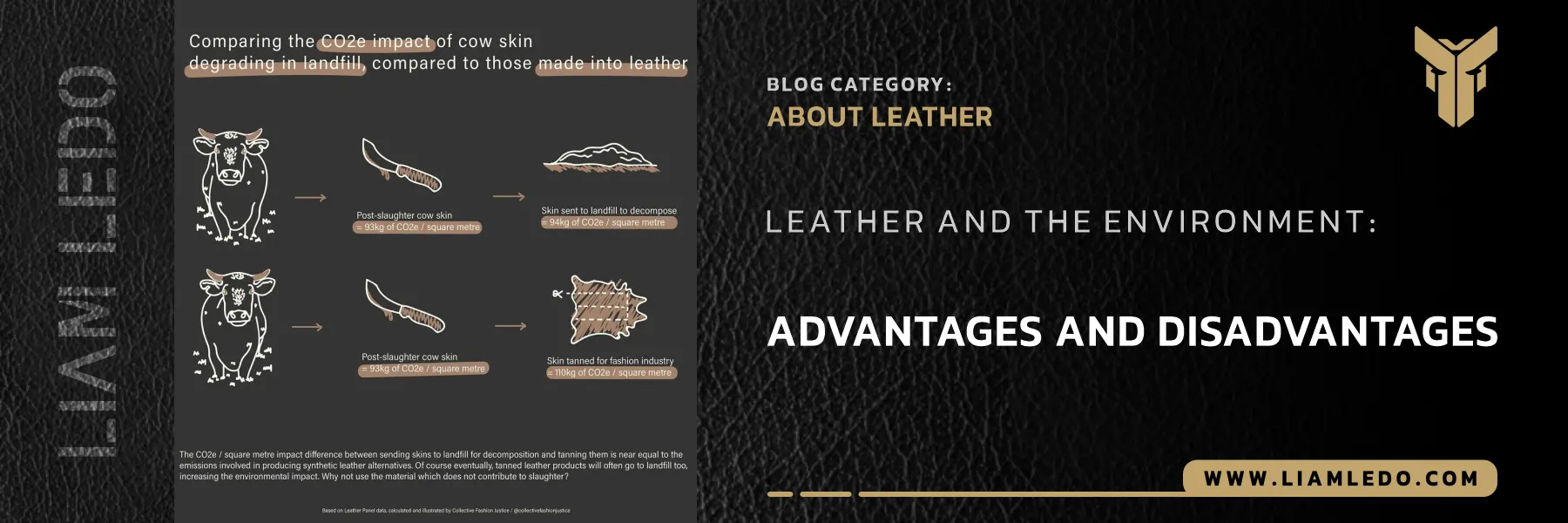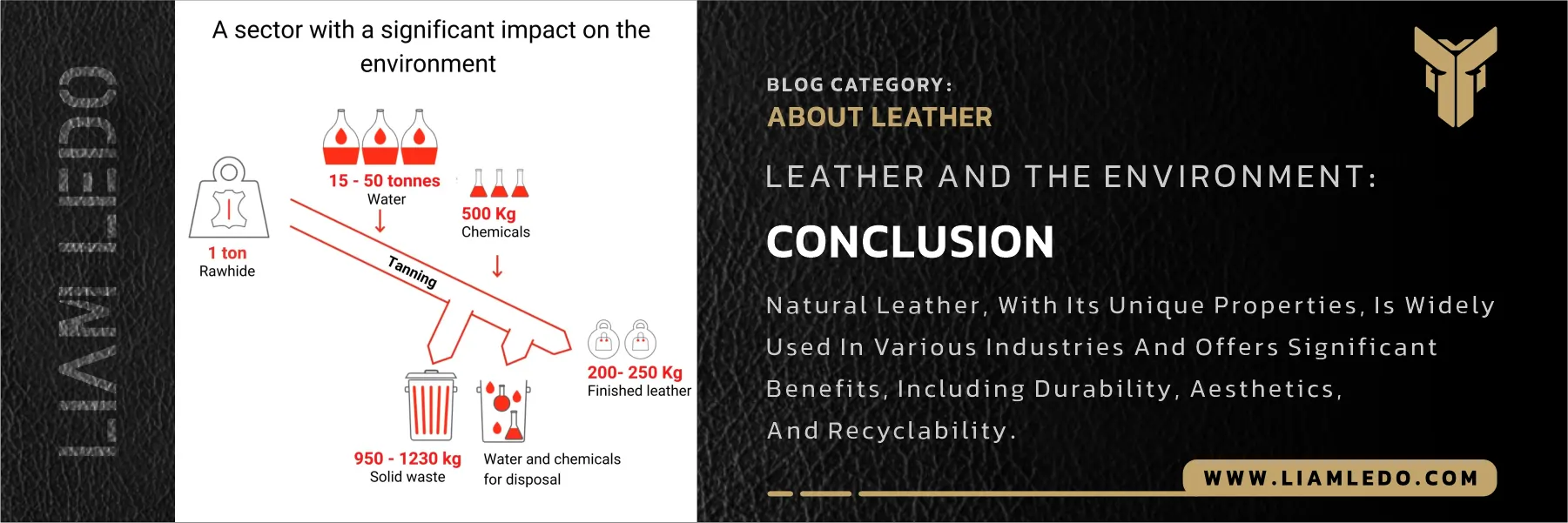
Natural leather, derived from animal hides, remains one of the most popular materials in industries such as fashion, interior design, footwear, and accessories. Its durability, timeless appeal, and versatility make it a sought-after choice worldwide. However, the relationship between leather and the environment is complex, with both positive and negative impacts that require careful consideration. This article explores the environmental benefits and drawbacks of leather production and offers practical ways to reduce its ecological footprint, encouraging more sustainable choices for both producers and consumers.
Learn more about leather and make better choices:
1.Environmental Advantages of Natural Leather:
a. Use of Natural and Renewable Resources
Natural leather is produced from animal hides, often sourced from animals raised for meat and dairy. This means leather acts as a byproduct of the food industry, helping to minimize waste and maximize resource use. By repurposing hides that would otherwise be discarded, leather production can contribute to sustainable resource management.
b. Durability and Longevity
One of leather’s greatest advantages is its exceptional durability. High-quality leather products can last for decades with proper care, reducing the need for frequent replacements. This extended lifespan translates to lower consumption rates, reduced manufacturing demands, and ultimately, a smaller environmental impact compared to short-lived synthetic materials.
c. Recyclability
Compared to many synthetic materials, leather is more recyclable. Some manufacturers actively repurpose old leather products or production scraps into new items, such as wallets, belts, or decorative pieces. This leather recycling process helps conserve resources, cut down on waste, and promote a more circular economy.
2.Environmental Disadvantages of Natural Leather:
a. Production-Related Impacts
Despite its benefits, large-scale leather production can create significant environmental challenges:
- Water and Soil Pollution: Traditional tanning methods often use chemicals like chromium, which can contaminate water supplies and damage soil quality. This pollution can harm both ecosystems and human health.
- Greenhouse Gas Emissions: Livestock farming, essential for hide supply, produces methane—a powerful greenhouse gas. Additionally, leather manufacturing consumes substantial energy, contributing to global warming.
b. Chemical Use in Tanning
Leather tanning typically involves various chemicals, including chromium, sulfides, and synthetic dyes. Without proper waste management, these substances can enter natural waterways, posing risks to wildlife and human communities.
c. Natural Resource Consumption
Leather production demands considerable water, energy, and raw materials. In water-scarce regions, this can exacerbate environmental issues such as drought and resource depletion.
3.Methods to Reduce the Negative Environmental Impact of Leather:
a. Opt for Sustainably Tanned Leather
Sustainable tanning techniques, such as vegetable tanning using plant-based tannins, reduce chemical pollution compared to chromium-based methods. Eco-friendly tanning innovations are also emerging, minimizing harmful outputs.
b. Support Sustainable Producers
Consumers can make a difference by buying from eco-conscious leather brands. These companies often implement waste-reduction strategies, energy-saving processes, and strict pollution controls.
c. Use Recycled Leather
Recycled leather products reduce the need for new leather production while conserving resources. Many brands now incorporate post-consumer leather into their designs, lowering overall environmental strain.
d. Consume Less and Choose Quality
Investing in high-quality, long-lasting leather items reduces replacement frequency, conserving resources and minimizing waste. Proper maintenance, such as conditioning and cleaning, can significantly extend a product’s lifespan.
e. Utilize Leather Byproducts
Repurposing leather scraps into smaller goods like accessories or home décor items prevents material waste and maximizes the value of each hide.
4.The Role of Technology in Reducing Leather’s Environmental Footprint:
a. Development of Sustainable Tanning Processes
Technological advancements have enabled more eco-friendly tanning systems, reducing both chemical usage and waste output.
b. Reducing Water and Energy Consumption
Modern machinery and innovative production methods can optimize water and energy usage, cutting down the industry’s overall environmental burden.
c. Research into Alternative Materials
Vegan leather alternatives made from renewable sources—such as cork, pineapple leaves (Piñatex), or mushroom-based leather—offer sustainable options that can complement or replace traditional leather.

Conclusion:
The conversation about leather and the environment is not one-sided. While leather offers clear benefits such as durability, recyclability, and the use of natural byproducts, its production can also cause pollution, resource depletion, and greenhouse gas emissions.
By supporting sustainable leather producers, choosing eco-friendly tanning methods, and encouraging recycling, we can enjoy the benefits of leather while minimizing its negative environmental effects.
As technology advances and sustainable alternatives become more available, the leather industry has the opportunity to transition toward a greener, more responsible future, aligning tradition with modern environmental values.
Source: The Gentleman’s Gazette | Wikipedia







